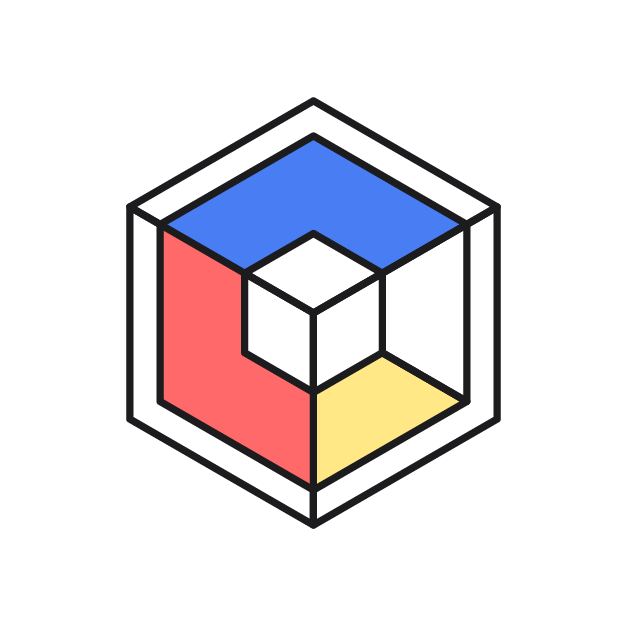How to Buy Bitcoin on Bitget: A Step-by-Step Guide
0
0
Bitget is a popular cryptocurrency exchange platform that allows users to buy, sell, and trade a variety of cryptocurrencies, including Bitcoin. This guide will help you understand what Bitget is, evaluate its quality, and provide detailed steps on how to buy Bitcoin on the platform.

What is Bitget?
Bitget is a global cryptocurrency exchange platform that offers a wide range of trading services, including spot trading, futures trading, and margin trading. It caters to both beginner and experienced traders with its comprehensive suite of tools and features. Available as a Website or Mobile App, which you can download easily here, for both IOS and Android.

FAQs about Bitget
1- Is Bitget Good?
Bitget is considered a good exchange for several reasons:
- User-Friendly Interface: The platform is easy to navigate, making it suitable for beginners.
- Security: Bitget employs advanced security measures, including two-factor authentication (2FA) and cold storage for digital assets.
- Diverse Trading Options: Users can engage in spot trading, futures trading, and more.
- Customer Support: Bitget offers responsive customer support to help users with any issues they may encounter.
However, like any platform, it's essential to do your own research to ensure it meets your specific needs.
2- Is Bitget Safe?
Bitget, like other leading cryptocurrency exchanges, prioritizes security to protect its users' assets. The platform operates transparently and competently, striving to meet the needs of its community and adhere to global compliance standards in the cryptocurrency industry.
Bitget employs advanced security measures, including real-time monitoring, firewall protection, and Secure Socket Layer (SSL) Encryption, to defend against hacking and other threats. It also complies with all relevant laws and regulations, such as Know Your Customer (KYC) and Anti-Money Laundering (AML) policies, ensuring the platform is not used for illicit activities.
Additionally, Bitget holds 100% of users' assets in reserves and publishes its Merkle Tree proof, platform reserves, and reserve ratio monthly, enhancing transparency and fund protection. To further safeguard user assets, Bitget has established a $300 million Protection Fund. This fund provides an extra layer of security, allowing users to claim compensation if their account is compromised or assets are stolen or lost due to no fault of their own, thus giving users added peace of mind.
3- What are Bitget Fees?
Bitget's fee structure is competitive and transparent:
- Trading Fees: Typically, Bitget charges a maker-taker fee model, where makers (those who provide liquidity) and takers (those who take liquidity) are charged different rates.
- Deposit and Withdrawal Fees: Deposits are usually free, but there may be fees associated with withdrawals, depending on the cryptocurrency as they are automatically adjusted based on the status of the market. The minimum withdrawal amounts and daily trading limits can vary depending on the coin you wish to use.
- Other Fees: Additional fees may apply for specific services like margin trading. As for spot trading, each trade carries a standard trading fee of 0.1% for both maker and taker. However, if you use BGB payment, the transaction fee will be reduced by 20%. Additionally, Futures trading has a transaction fee of 0.02% for the maker and 0.06% for the taker.
For the latest fee details, always check Bitget's official website, as it may differ having their own Bitget calculator.
4- How to Open an Account with Bitget?
Visit Bitget's Website: Navigate to Bitget's official website.
Create an Account:
- Click on the "Sign Up" button.
- Enter your email address and create a strong password.
- Complete the CAPTCHA verification.
- Agree to the terms and conditions and click "Sign Up."

Verify Your Email:
- Bitget will send a verification email to the address you provided. Click the verification link to activate your account.
Secure Your Account:
- Enable Two-Factor Authentication (2FA) by linking your account with an authenticator app for enhanced security.
Complete KYC Verification:
- Navigate to the KYC section in your account settings.
- Provide required personal information (full name, date of birth, address).
- Upload identification documents (a government-issued ID and proof of address).
5- How to Deposit on Bitget?
- Log in to your Bitget account and go to the "Assets" or "Wallet" section.
- Select Deposit:
- Choose your preferred fiat currency (e.g., USD, EUR) or cryptocurrency for deposit.
- Follow the instructions to transfer funds from your bank account or another crypto wallet.
6- How to Buy Bitcoin on Bitget?
Navigate to the Trading Section:
- Go to the "Spot Trading" or "Markets" section.
- Search for the BTC/USDT trading pair (or the pair relevant to your deposited currency).
Place an Order:
- Market Order: Buys Bitcoin at the current market price.
- Enter the amount of Bitcoin you want to buy.
- Confirm the order.
- Limit Order: Buys Bitcoin at a specified price.
- Enter the price at which you want to buy Bitcoin.
- Enter the amount of Bitcoin.
- Place the order and wait for the market to reach your set price.
Tips for Safe Trading
- Use 2FA for enhanced security.
- Regularly monitor your account for any suspicious activity.
- Stay informed about market trends and prices.
- Start with small investments and gradually increase as you gain experience.

By following these steps, you can easily and securely buy Bitcoin on Bitget. Happy trading!
0
0







